 [Photographer and teacher Harold Feinstein passed away peacefully on Saturday, June 20, 2015 at his home in Merrimac, Mass. His wife, Judith Thompson, who was with him at the time, said the cause was chronic heart failure.
[Photographer and teacher Harold Feinstein passed away peacefully on Saturday, June 20, 2015 at his home in Merrimac, Mass. His wife, Judith Thompson, who was with him at the time, said the cause was chronic heart failure.
I’d written about Harold’s work as far back as the early 1970s, and provided the introduction to his first book, the color monograph One Hundred Flowers (Bulfinch Press, 2000). An unexpected commercial success, this book, and the six that followed, enabled this Coney Island-born prodigy to live out his life comfortably in northern Massachusetts.
We didn’t connect personally until the early oughts, when we met to discuss options for drawing attention to Harold’s small-camera black & white work, the core of his oeuvre. The necessary support never materialized for “Heart of the Matter: Harold Feinstein, Photographs 1946-2011,” the touring show I curated of Feinstein’s classic New York School b&w photography. But interest in his vintage work has grown steadily over the past decade. In 2012 Nazraeli Press published Harold Feinstein, A Retrospective, which skims off some of the cream from that body of work.
In 2010 I had the pleasure and honor of introducing Harold’s work to the audience for photography in mainland China, in an exhibition I curated for See+ Art Space / Gallery (located in the 798 Art Zone, 2 Jiuxianqiao Road, Chaoyang District, Beijing). The show, which paired Feinstein with Wynn Bullock, opened on March 20, 2010 and ran through May 15. Below you’ll find the curator’s essay that I wrote to accompany Feinstein’s pictures and contextualize them for new viewers in a culture very different from our own. It’’s online at the gallery’s website, but not easy to find, so I’m posting it here, as a tribute. Click here for more of Harold’s work at his website. — A. D. C.]
•
“Seeing the life in which we live”:
The Photographs of Harold Feinstein
by A. D. Coleman
Harold Feinstein is a true photographer’s photographer, and one of the most seriously under-recognized senior figures in U.S. photography. Until the beginning of this new century he was best-known as a highly respected independent teacher of photography whose private workshops (conducted mostly in his Manhattan studio) influenced hundreds of people in the field, including Mary Ellen Mark, Ken Heyman, Mariette Pathy Allen, and others. Yet at long last, as he nears the age of 80, Feinstein’s work has begun to become familiar to an increasingly wide audience.
Feinstein was considered by the photo world as something of a child prodigy. Born in Brooklyn, New York in 1931, he started taking pictures in 1946 as a teenager, soon caught the eye of Edward Steichen (then the head of the photography department at the Museum of Modern Art), and by the age of 19 had prints in that museum’s permanent collection — making him probably the youngest photographer so honored.[1] Later he worked with the great documentary photographer W. Eugene Smith for a period of time, before setting out on his own. Smith said of Feinstein’s work, “He is one of the very few photographers I have known or have been influenced by with the ability to reveal the familiar to me as beautifully new, in a strong and honest way.”
Widely and internationally published, exhibited, and collected since then, Feinstein became one of a small handful of master teachers whose legendary private workshops and art-institute classes — which he taught regularly for more than forty years[2] — proved instrumental in shaping the vision of hundreds of aspiring photographers. Like many who teach, both inside and outside the academic setting, he often set career concerns aside to concentrate his attention on his students’ needs. Nevertheless, over the course of his working life has Feinstein produced an impressive and durable body of imagery.
From the late 1940s through the end of the 1990s Feinstein worked almost exclusively in black & white, primarily as a devotee of the small-format camera: 35mm and 2-1/4×2-1/4. Using these instruments, Feinstein steadily pursued his own idiosyncratic brand of that mix of the diaristic and the sociological associated with what’s been called the “New York School” — in his case, a photographic form of tough-minded, tender-hearted humanism.
Whether he worked in his hometown or elsewhere, this is New York School small-camera work at its best — intimate, engaged, almost intrusive. Yet there’s none of Weegee’s brashness, William Klein’s arrogance, or Garry Winogrand’s snideness here; this is the work of a man who loves people, takes unalloyed pleasure in seeing them enjoy themselves, likes to get very close to them — and, by rendering their physicality in tactile, nuanced prints, engrosses the viewer in the sensual, material world they occupy. At the same time, Feinstein has a solitudinous aspect that leads him to register moments of inner stillness and pastoral tranquility.
One of the core aspects of Feinstein’s work is his approach to the process of printmaking in photography as a creative activity; this was also one of the emphases of his teaching. For many photographers of Feinstein’s generation, the darkroom served as a meditation chamber, in which the interpretive process of printmaking turns the negative into a communicative expression of its maker’s vision. This is achieved through a delicate adjustment of tonal relationships, among other strategies. Feinstein not only transmitted this craft to the participants in his celebrated workshops, but also wrote detailed tutorials on his printing techniques for such periodicals as Popular Photography, earning himself a reputation as one of the master printers of his day.
Those teaching texts included several on the subject of photomontage. Unlike many of his contemporaries in the New York School who — like the Group f/64 “purists” on the opposite coast — abjured any post-exposure manipulation of the image in the darkroom, Feinstein saw photomontage as a process unique to and inherent in photography as a medium. Considering himself a visual poet, not a documentarian, he accepted photomontage into his toolkit, mastered it (one of his best-loved images involves combining eight separate negatives), wrote explanations of his techniques, and in general took it for granted as one of the necessary skills of the serious interpretive printmaker in photography.
Feinstein’s reputation in that area rested on his virtuosic handling of the gelatin silver print — the classic form of the photographic print from the 1940s through the 1970s. When health issues forced him to leave his darkroom practice behind at the end of the 20th century, he surprised everyone by initiating a serious engagement with digital imaging as a way of achieving the pictures he feels impelled to make. For many photographers of the old school, anything digital still remains anathema. Yet more and more senior figures, like Feinstein, are making the transition, because (among other things) digital technologies offer an unprecedented degree of control over one’s final results.
Feinstein came to digital imaging through the back door, so to speak, by using it to catalogue and archive half a century’s work, produced primarily in black & white. The resulting familiarity with digital-imaging systems led to various experiments, which in turn opened up the possibility of working in color by eliminating the expenses involved in analog color printing[3] and, even more importantly, allowing him to nuance his color prints as consciously as he did his works in gelatin silver. Ingeniously, he decided to treat his digital scanner as a camera, with its glass surface functioning as a lens.
This project has preoccupied him for the past decade, and has resulted in a series of seven color books published internationally to great acclaim, starting with the celebrated One Hundred Flowers (Bulfinch Press, 2000). Feinstein himself generates the final digital files used for printing these books, as well as the files used for the limited-edition prints of his color images that he produces for the fine-art market. [4] His trend-setting in the arena of digital photography earned him the Smithsonian Institute’s Computerworld Smithsonian Award in 2000.
According to Feinstein, “The availability of the more precise [computerized] controls with immediate feedback, plus the simple capability of duplicating images, allowed for a more intuitive and improvisational way of working. One could take more risks,” he adds, “and there was a further sense of adventure in the printmaking process.” Indeed, he claims that he can get a digital color print superior to anything achievable by analog means.
Most photographers who have addressed botanical subject matter have of course encouraged us to look more attentively at flowers. Feinstein suggests, instead, that we see ourselves in relation to them, look deeply into them, and his images enable us to do so. You or I could never get this physically close to a flower and see it in such detail. This combination of proximity and precision of focus, unavailable to the naked eye, is a gift to us from photography as manifested in the resolution capacity of a high-end scanner. There are pictures in this suite so crisp that you can count the grains of pollen on a stamen, trace tiny filaments and veins in the wings of a butterfly.
Feinstein treats these once-living forms in a variety of ways. In some of his images a flower appears as a fleshed, tactile, sensuous creature, a corporeal being alive and embodied. In others he reveals his subject as a scape, a visual terrain inviting imagined travel. Yet others he renders as architectural spaces, complex constructions through which he encourages the viewer’s eye and mind to wander. And still others pulse and radiate like flames, pure energy somehow made visible.
In the last analysis, whether working in black & white in the urban social environment or isolating the particulars of a flower or shell insect in their distinctive coloration, Feinstein is still showing us a world filtered through his own inimitable sensibility. Animated by the same spirit, the works of his earlier years and these more recent projects actively enrich and amplify each other. A profound awe in the presence of living things manifests itself in all his pictures. A cluster of smiling faces on a beach blanket suddenly becomes a bouquet; a thoughtful scrutiny of an opened blossom suggests a portrait. Part and parcel of the same encompassing worldview, they need no further justification.
“To reveal the miracle of what I believe to be God’s creations,” Feinstein wrote as he began his exploration of digital systems, “has been my path with the camera, even though I was unaware that this was so until later in my life. … [W]e have ceased to see the life in which we live. It is my intent to cause the viewer to revisit the gifts we are surrounded by and see them as if for the first time time.”[5] Whether one believes in divinity or Darwinism, what Feinstein reminds us of with these images, as he does in all his work, is the astonishment of “the life in which we live.” Persuading us to attend closely and reverently to it once more, wherever it manifests itself, is his great gift.
•
Notes:
[1] He turned down Steichen’s invitation to participate in the historic exhibition The Family of Man (1955), on the grounds that he didn’t want his pictures treated as anything save autonomous works of art — a decision he now reconsiders with chagrin. In conversation with the author, September 2009.
[2] Feinstein still teaches occasionally, sometimes privately and sometimes as an invited guest in photography programs. In the early and middle period of his teaching career, his private workshops provided the bulk of his income.
[3] Feinstein had experimented with various forms of analog color printing, including the dye-transfer process and Cibachrome, but found the results he obtained with most of them unsatisfying.
[4] Typical of photographers of his generation, Feinstein did not edition or number his black & white prints; he produced them to order, signing and dating each one. Because he has had to leave darkroom work behind, and his small inventory of vintage prints shrinks steadily, he has recently authorized production of gelatin-silver prints of selected images made to his standards by an assistant, signed by Feinstein and issued in small numbered editions.
[5] Untitled statement, July 13, 1999.
•
© Copyright 2010 by A. D. Coleman. All rights reserved. By permission of the author and Image/World Syndication Services, imageworld@nearbycafe.com.


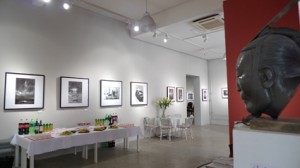
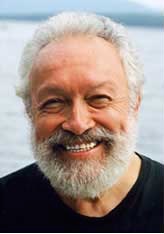
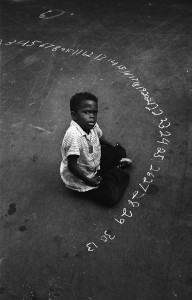
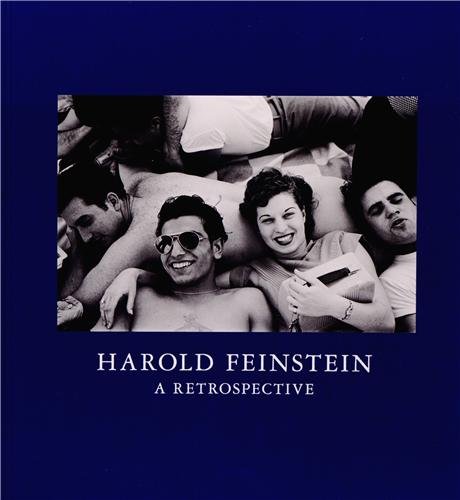
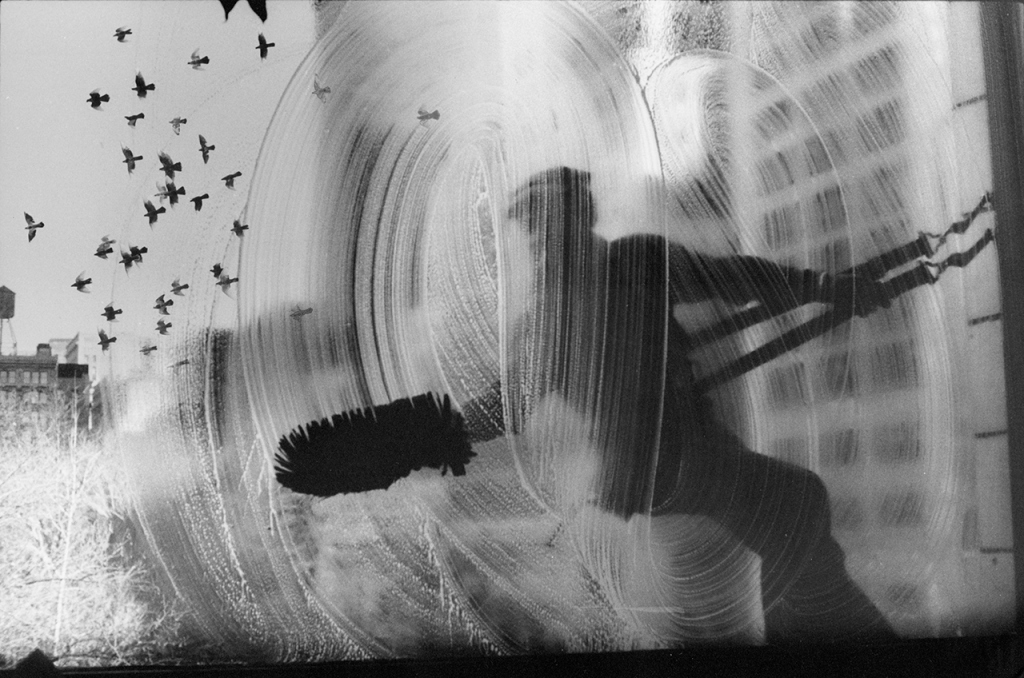
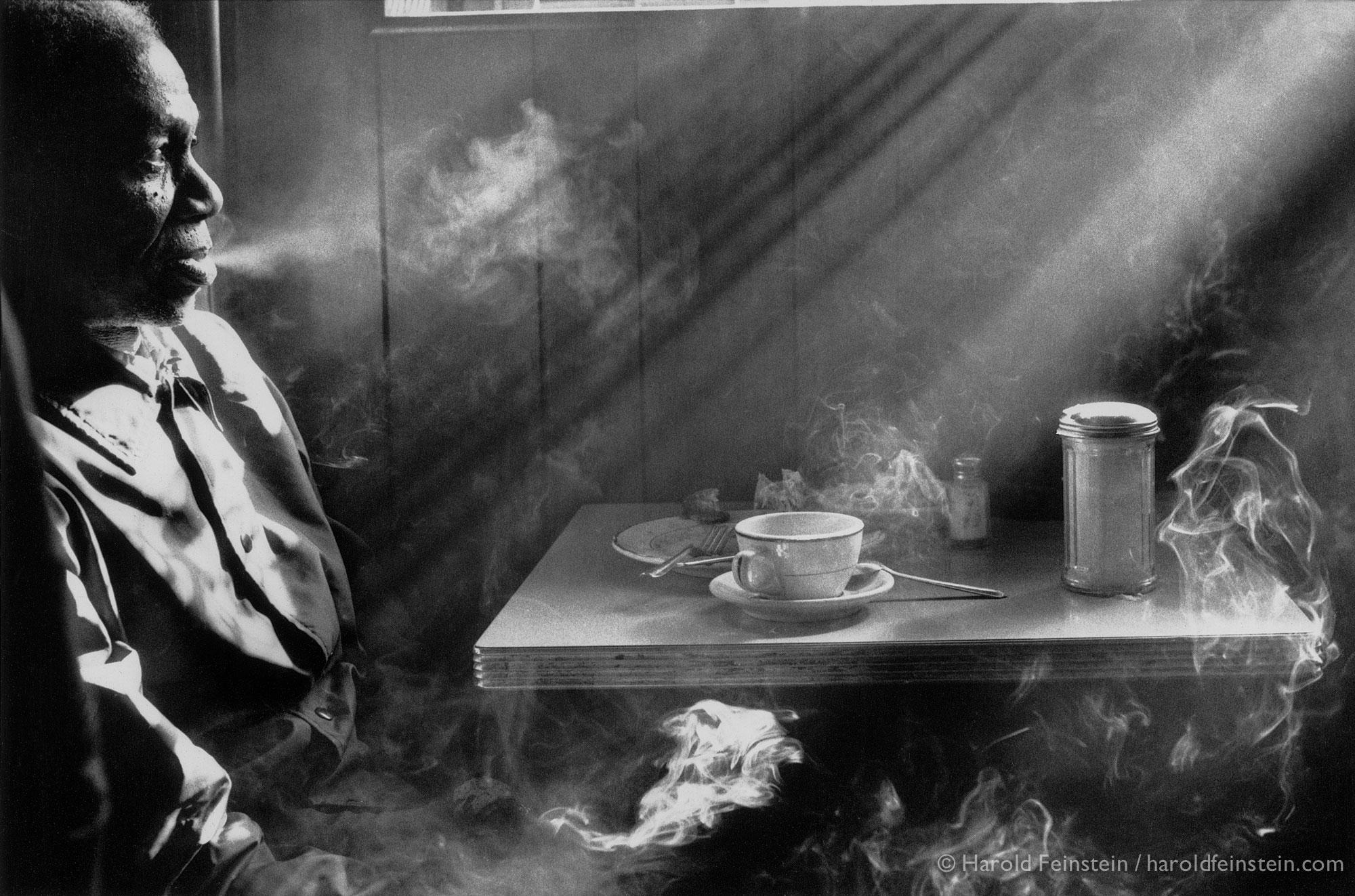
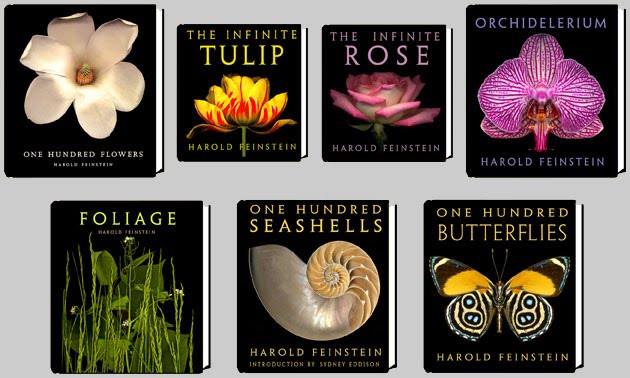
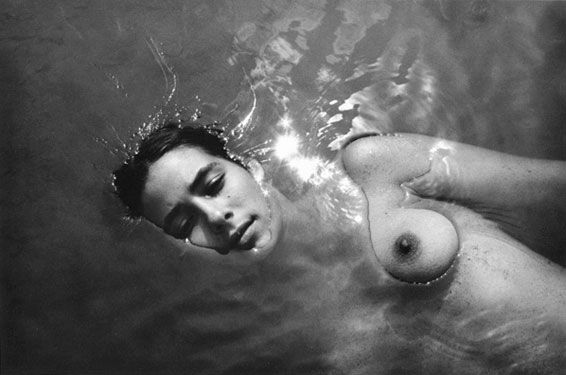
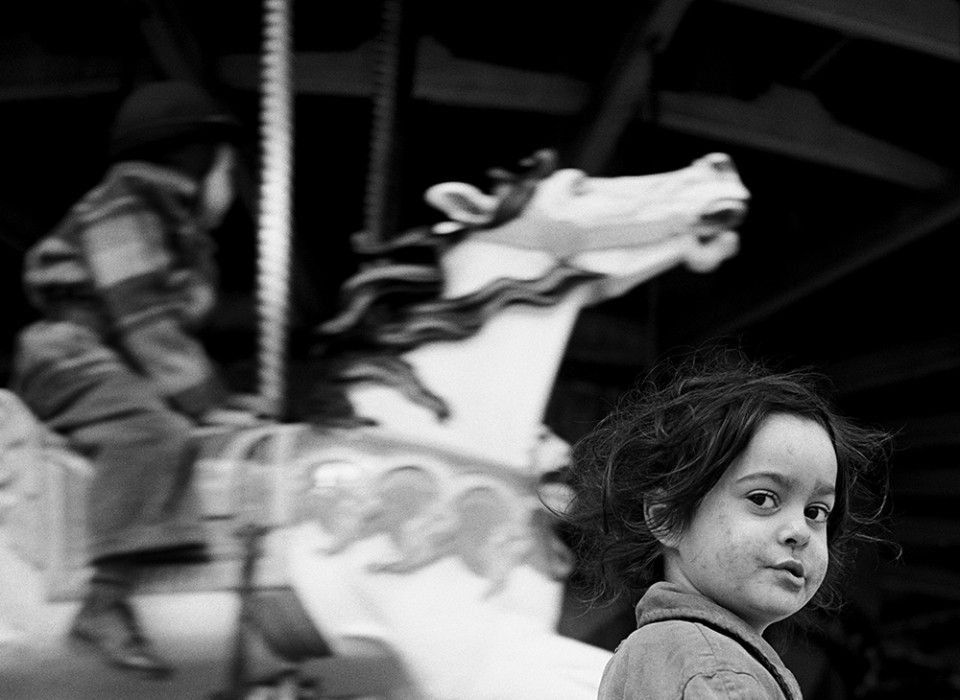




He was a great person as well as a great photog.
Carl
Thank you Allan. So appreciated and beautiful, as always. Harold was always so grateful to you for your interest in his work …
Judith
Thank you. I met him when I was 19, and he was a dear friend ever since.
Carole
Thank you Allan, what a wonderful Farewell.
Viviane
Very nice remembrance for him A. D.
When I was a kid looking at photo magazines in the supermarket I saw this pix…
http://www.haroldfeinstein.com/portfolio/item/nudes-portraits/#image-14
I’ve always remembered it, but never knew who shot it. Thanks A. D.
Allan, that was an incisive and lovely tribute to Harold Feinstein, one of my few heroes. Thank you.